( WITH DR. RUTH WATSON LUBIC )
( WITH LYNNE S. HAWES )
( WITH DAVID M. BROWNSTONE )
Safe Medicine
for
Sober People
HOW TO AVOID RELAPSING
ON PAIN, SLEEP, COLD, OR
ANY OTHER MEDICATION
Jeffrey Weisberg, M.D.andGene Hawes THOMAS DUNNE BOOKS
ST. MARTINS GRIFFIN
NEW YORK

Disclaimer The information about the drugs contained herein is general in nature and is intended to be used in consultation with your health-care providers. It is not intended to replace specific instructions, directions, or warnings given to you by your physician or other prescriber, or accompanying a particular product.
The information is selective and it is not claimed that it includes all known precautions, contraindications, effects, or interactions possibly related to the use of a drug. The information may differ from that contained in the product labeling that is required by law. The information is not sufficient to make an evaluation as to the risks and benefits of taking a particular drug in a particular case, is not medical advice for individual problems, and should not alone be relied upon for these purposes. Since the inclusion or exclusion of particular information about a drug is judgmental in nature and since opinion as to drug usage may differ, you may wish to consult additional sources. Should you desire additional information, or if you have any questions as to how this information may relate to you in particular, ask your doctor, nurse, pharmacist, or other health-care provider. The publisher is not advocating the use of any product described in this book, does not warrant or guarantee any of these products, and has not performed any independent analysis in connection with the product information contained herein.
THOMAS DUNNE BOOKS .
An imprint of St. Martins Press. SAFE MEDICINE FOR SOBER PEOPLE . Copyright 2005 by Jeffrey Weisberg, M.D., and Gene Hawes. All rights reserved. Printed in the United States of America.
No part of this book may be used or reproduced in any manner whatsoever without written permission except in the case of brief quotations embodied in critical articles or reviews. For information, address St. Martins Press, 175 Fifth Avenue, New York, N.Y. 10010. www.stmartins.com ISBN 0-312-30547-8 First Edition: April 2005 10 9 8 7 6 5 4 3 2 1
Contents
Acknowledgments
Clinical experience, research in relevant literature, and a great many interviews with individuals recovering from alcoholism, drug addiction, or both were among the sources we used in writing Safe Medicine for Sober People. Many interviews were carried out with members of Alcoholics Anonymous and such related recovery programs as Narcotics Anonymous and Cocaine Anonymous.
The book also relies heavily on case histories of individuals treated by Dr. Weisberg. However, details of those identified herein as alcoholics/addicts have been altered to render them unrecognizable. We have done this both to protect the confidentiality of the physician-patient relationship, and to support the principle of anonymity in AA and other recovery programs. To each person whose experience contributes so invaluably to the book, we are immensely grateful. Certain individuals who can be identified helped us in special ways.
Barbara Stanton, a credentialed alcoholism counselor, was wonderfully generous in providing much essential advice and , Safeand Highly UnsafeMedicines in Recovery. Extensive compilation, drafting, and editing of material in that chapter were carried out with high competence by Catherine Settens. To each of these individuals, our heartfelt thanks. Organizations and agencies were also most generous and cooperative in providing information. These include Alcoholics Anonymous World Services Office, the central office of the National Council on Alcoholism and Drug Dependence, Al-Anon Family Groups Headquarters, the American Society of Addiction Medicine, the American Academy of Addiction Psychiatry, the Center of Alcohol Studies at Rutgers University, the National Institute on Alcohol Abuse and Alcoholism, the National Institute on Drug Abuse, and the Substance Abuse and Mental Health Services Administration. In the creation of this book, Thomas Dunne and Marcia Mark-land, both of St.
Martins Press, have played literally indispensable roles. To all these and others who helped, we express our grateful appreciation.
Preface
The behavioral and physical deterioration in alcoholism and drug addiction are so alike that we often use the term addiction in referring to both. We know that recovery from addictionthe compulsive and physical need to repetitively ingest a substancerequires abstinence. The sometimes subtle steps leading to the relapse of the recovering addict must be fiercely guarded against. Among those precarious steps, the inadvertent ingestion of certain medications has often been seen to trigger relapse.
Clinical experience has taught me that the alcoholic or addict is never cured. His or her addiction can only be arrested and placed in a state of remission. Abstinence is the first step: the recovering addict can never again take a mood-altering substance without risk to his or her sobriety. This sobriety is so critical that the recovering addict must take extreme care with medical issues and medications. As a doctor, I have often fielded questions regarding the medical aspects of recovery. I have paid close attention to the clinical course of active addiction and to the nature of recovery.
It is clear that a reference book is needed to help explain where, in the world of medications and medical care, there is danger for the recovering alcoholic or addict. It was years ago that I first became aware of an underground epidemic. As an emergency-medicine specialist in the 1970s, I treated acute intoxication, drug overdoses, drug-induced psychiatric catastrophes, alcohol withdrawal, convulsions, delirium tremens, drug-related trauma, cocaine psychosis, alcoholic cardiac and liver disease, narcotic-induced respiratory arrest, drug-related family crises, acute esophageal hemorrhage, and on and on. I was constantly faced with desperate people locked in their addictions. Some pretended to have physical ailments in order to obtain prescription drugs; others became victims of tragic disability and death as the result of untethered drug and alcohol abuse. At that time, there seemed to be little awareness ofor focus onthe source of all this human chaos.
The medical world saw hepatitis, broken bones, and withdrawal symptoms. More socially oriented professionals saw placement problems, family disorder, and domestic abuse. Cultural critics discussed the reasons for increased recreational drug useand the suffering continued. As my career progressed, I had the opportunity to participate in organizing an alcohol and drug rehabilitation program. This gave me my first insight into alcoholism and drug addiction as primary pathology. My clinical interest was awakened, and over the years since then, I have observed and treated alcoholics and drug addicts with ever-increasing interest and understanding.


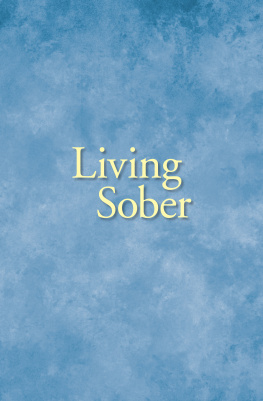
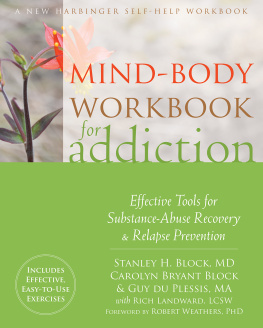
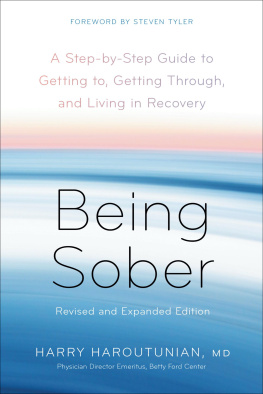
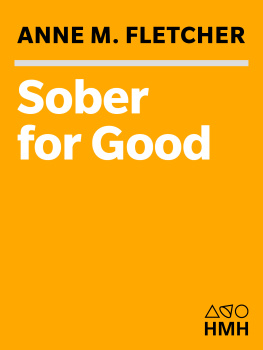
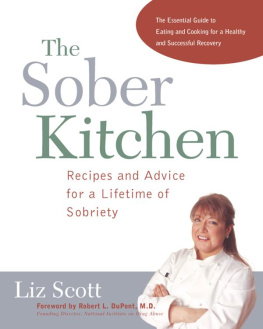

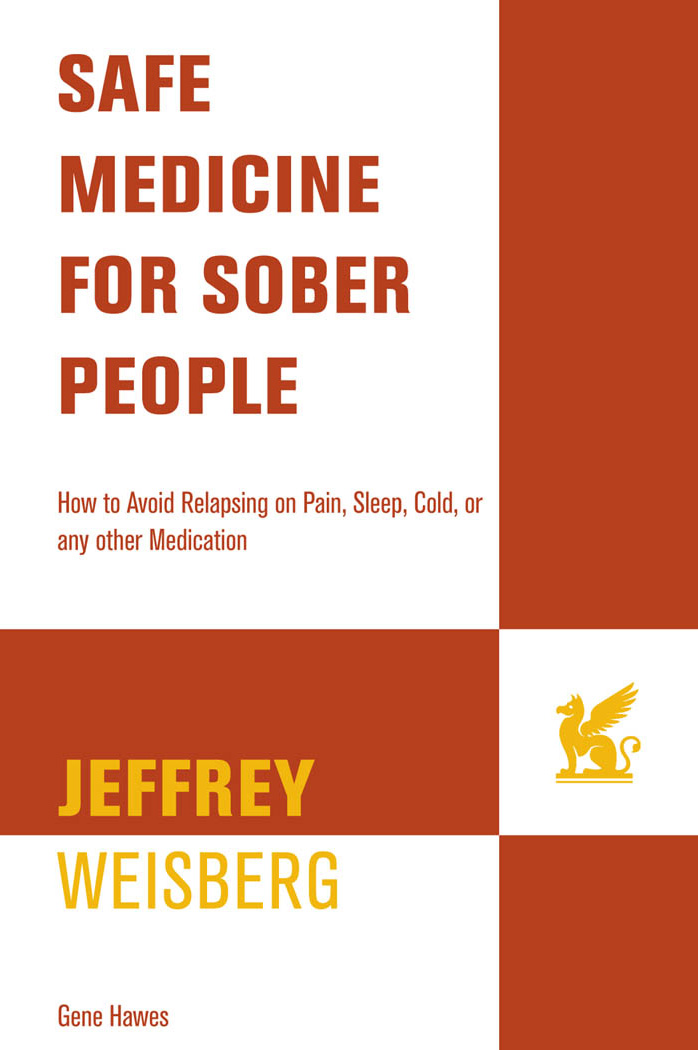
 Disclaimer The information about the drugs contained herein is general in nature and is intended to be used in consultation with your health-care providers. It is not intended to replace specific instructions, directions, or warnings given to you by your physician or other prescriber, or accompanying a particular product.
Disclaimer The information about the drugs contained herein is general in nature and is intended to be used in consultation with your health-care providers. It is not intended to replace specific instructions, directions, or warnings given to you by your physician or other prescriber, or accompanying a particular product.